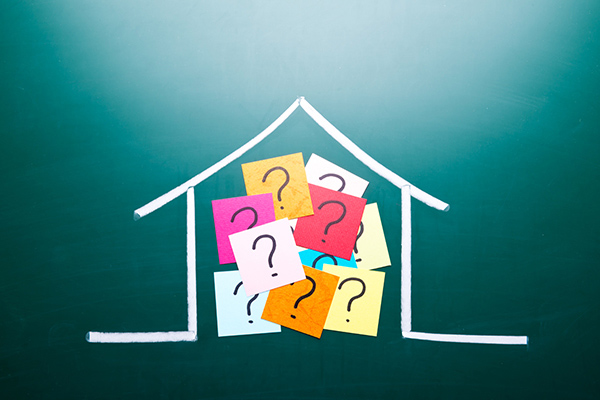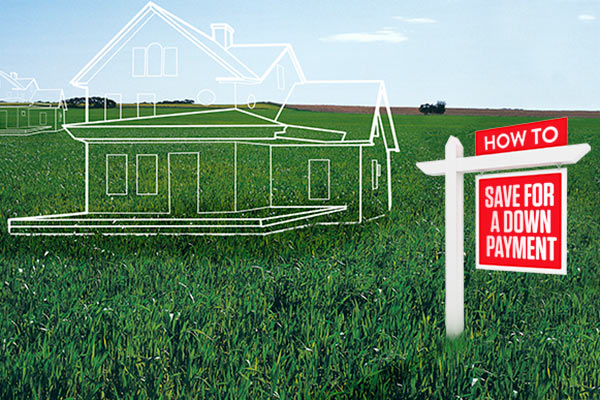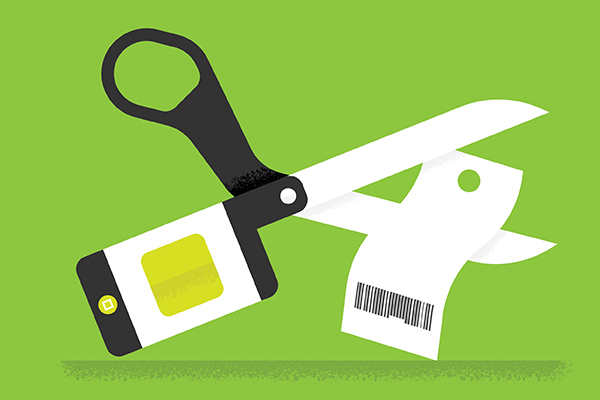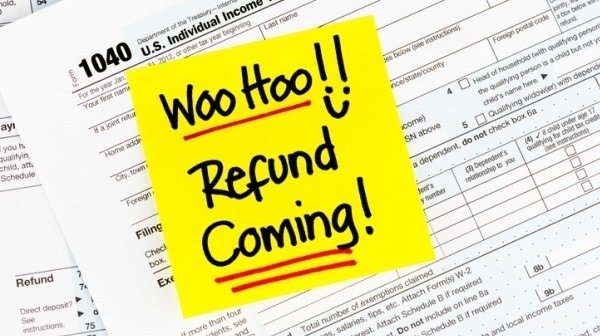A white picket fence, a green back yard, and a home to call your own. For many people, this is the definition of the American dream, but three little words could put that dream out of reach: Twenty percent down.
When you’re thinking of buying a house, saving enough for a 20 percent down payment may seem impossible. But with an effective savings plan and some knowledge about different kinds of mortgages, home ownership may be closer than you think.
Justin Chidester, founder of Wealth Mode Financial Planning, has helped many people prepare for this major investment. “I usually start by asking clients to visualize their ideal home,” he says, an exercise that helps him understand their needs and can motivate buyers to reach their goals.
So kick back, picture your dream home, and read on for tips on how to make that dream a reality.

Set A Target
Perhaps the most important part of saving up for a home is knowing how much you need to sock away. Chris Martenson—an economic researcher, a trend forecaster and an author well versed in real estate and personal finance—recommends spending three to four months analyzing the local real estate market, combing through online listings and visiting as many homes as possible.
Once you have a solid understanding of what you want and can afford, use an online mortgage calculator to estimate your monthly payments, including mortgage, property taxes and any homeowners’ association fees. Remember, the more money you put down, the lower your monthly costs will be, and lenders tend to prefer buyers’ monthly costs to be 28 percent or less of their pretax income.
After crunching the numbers, you’ll see how much you need to save for the down payment and can figure out how much you have to put away each month to reach that goal.

Save More, Spend Less And Invest Wisely
With your savings target in mind, Martenson advises “taking a close look at your monthly income and spending, setting a budget, and looking for ways to cut back expenses as much as possible.” Sticking to your budget is essential, and it starts with depositing your savings target amount as soon as you get your paycheck.
“If you’re not saving enough,” says Chidester, “look at what you’re spending money on, and ask yourself, ‘Is this more valuable than home ownership?’” The answer to that question will tell you where to trim your spending.
If you don’t feel that your money is growing fast enough in a traditional savings account, Chidester says, you can “accelerate savings through investing.” He recommends stable, low-risk investments as the best option for prospective homeowners.

Choose The Right Mortgage
When it comes to selecting a mortgage package, “always get quotes from at least three different lenders,” says Chidester. He suggests getting offers from a national bank and a local bank or credit union, as well as a mortgage-specific lender.
Also be aware that not every lender requires 20 percent down. Some programs ask for as little as 3 percent, though there’s a tradeoff: They typically require the buyer to take out private mortgage insurance (which protects the bank’s investment in case of default). In other situations, buyers can put down 5 percent and the lender will make a onetime, up-front mortgage payment on the buyer’s behalf without the need for a monthly insurance premium; however, this will usually entail a higher interest rate. The important thing, Chidester says, is to pick an option that makes the most sense for your savings plan.

Look For Benefits
People who work in certain public service professions, such as nurses and firefighters, may be eligible for targeted benefits programs that can make it easier to get a mortgage, or that can lower the amount required for a down payment. For Service members and Veterans, for example, a Department of Veterans Affairs mortgage has long been a boon. Because the VA guarantees part of the loan, lenders are able to offer better terms.
Chidester also suggests researching region-specific down payment assistance programs that are common in areas recovering from natural disasters, or where the local or federal government is otherwise trying to incentivize home ownership. But before taking any kind of grant assistance, he says, “make sure you understand what strings are attached.”
Once you land your dream home, homeowners insurance is the next step. Call the GEICO Insurance Agency for a free quote.
Read More: A down payment’s just the beginning. Check out these 5 Answers To Common Home-Buying Questions.










Jacqueline Rand says,
Don’t need a job